How runaway NetGalley success shaped the launch strategy for this Alice in Wonderland retelling
H.J. Ramsay had modest expectations for her first novel, but with over 175 NetGalley reviews and a 4-star average rating, Ever Alice has been a huge success. The pre-publication attention Ever Alice has been getting on NetGalley gave Ramsay some insight into how her title might fare once it hits its on-sale date, and helped her reshape her whole launch plan.

How has your NetGalley listing shaped how you think about your strategy for launching Ever Alice?
NetGalley has given me the confidence to really go after Ever Alice and seek outside sources to help promote it. Publishing Ever Alice started out as almost a pet project just to see what kind of reception it would have and to experience what it was like to have a published book. Not only did NetGalley provide a testing ground, but it also gave me the opportunity to access reviewers in a way that I don’t think I would have had otherwise. It’s a great platform that all self-published authors should utilize.
What aspects of the NetGalley community came as a surprise to you?
I’ve been blown away at the response I’ve received from the NetGalley community. I’ve had people from all over the world ask to read the story. I mean, how awesome is that! Up until now, I’ve mostly just had my critique group and/or publishing professionals like agents and editors read my work so the fact that I’ve had one of my novels read as far as Argentina, England, and India is like a dream come true. I’ve appreciated all the feedback on Ever Alice, and I’ve really been paying attention to what everyone has had to say. I haven’t done any promotion for Ever Alice outside of listing it on NetGalley so I’ve been very lucky that the reviewers, librarians, booksellers, and media professionals have been able to find me and are interested in my book.
When I listed [Ever Alice] on NetGalley, I told myself that I’d be elated to receive 100 requests in six months. That happened in 24 hours.
We noticed that you aren’t on social media. How do you connect with your readers both for this specific book campaign and as part of your overall strategy as an author?
Honestly, I had no idea that Ever Alice would have the kind of response it did. When I listed it on NetGalley, I told myself that I’d be elated to receive 100 requests in six months. That happened in 24 hours. Needless to say, it’s been a little overwhelming and I’ve been caught up in the excitement of it all, but I’ve been getting more serious about promotion, especially regarding social media. Readers who’d like to connect should be able to find me very soon.
My NetGalley success did encourage me to become more active with social media. Plus, I have friends who are published, and they’ve been urging me to get on there. My plan is to be more accessible to readers, such as through Twitter and Instagram. I love books and writing so that’ll probably be the running dialogue of both platforms. I’m not sure if I’ll purchase ads. Maybe I will when Ever Alice is published so that I can look at promoting its publication date and where readers can purchase a copy.
Once Ever Alice started gaining traction on NetGalley, how did you leverage the interest?
Before NetGalley, I had looked at PR companies as a possibility but wasn’t really serious about it. It’s expensive, at least the good ones with track records are, and I wasn’t sure if I’d need it. That changed after I saw the response Ever Alice was having. I felt like this was an opportunity and if I didn’t take advantage of it, then I’d forever regret it. At the end of the day, what I really want is to have a career as an author. I love writing and the writing community. I’ve been active in writing groups. I’ve gone to conferences and retreats. I’ve received an MFA in Creative Writing. I’m the Editor-in-Chief of a literary journal, Gold Man Review. All that’s missing is having my own published work out there. I’ve had small successes with journals and small publishers, but ultimately, I’d like to see my novels that I love so much out in the world and to have readers love them too.
Promotion and all its various avenues is still a very gray area for me, but I’m learning quickly. Since it isn’t my strong suit, I’m very excited to be teaming up with Smith Publicity and we’re creating a plan to really dive into promoting Ever Alice, which will include using the NetGalley listing.
Half of the members requesting access to Ever Alice say that they are drawn to the description of the book. Tell us about how you created such compelling copy, or what you think is resonating with the members requesting access.
I think a lot of it has to do with the fact that it’s a retelling… and particularly a retelling of a popular story: Alice in Wonderland. Retellings are amazing because they bring readers from different genres together. For instance, someone who primarily reads mystery, might be open to a retelling because they are already familiar with the story. They read the original when they were (most likely) a child. It’s familiar. It brings up memories for them so they’re drawn to it even when a similar story in that genre might not have had the same effect. I know my interest is always piqued when I find out that something is a retelling. For instance, I’ve been seeing the House of Salt and Sorrows by Erin A. Craig up on NetGalley and it’s a retelling of The Twelve Dancing Princesses. I loved that story as a kid when I read [the Brothers Grimm version} so I’m instantly drawn to that book.
Members also love the cover! This is one of the other popular reasons noted for why they’re requesting the book. What message did you want to send to potential readers when you were designing the cover?
My husband did the cover and, I agree, he did a fantastic job!
The style of the novel itself is very Wonderland-ish and I tried to stay as true as possible to Carroll’s original work. Because the setting and characters are so topsy turvy, I wanted to keep the cover simple, almost like a juxtaposition of what awaits the reader within. I was really inspired by the cover of The Night Circus by Erin Morgenstern. I just love its minimal use of color and illustration. There’s something about it that makes it even more mysterious and intriguing. It’s the understated that makes a statement, at least to me. After some trial and error, my husband came up with this cover of Ever Alice and I knew it was “the one” the moment I saw it.
What’s your top tip for other debut independent authors?
Be patient. I decided that if I was going to self-publish Ever Alice that I’d give it its best possible chance by modeling the practices that traditional publishers use. There are a lot of steps publishers take before a book is sent out in the world, which doesn’t only included editing, but also getting advanced reader reviews. All those steps take time, but they’re essential. With so many options available to self-publish its very easy to complete a story, upload it, and press click. Instead of rushing to do that, take the time to make sure your novel is as ready as you can possibly make it.
Bio: H.J. Ramsay has loved fantasy ever since she was a child. Growing up, she was influenced by movies such as the Labyrinth, The Dark Crystal, and Legend as well as books and short stories, such as The Collected Works of Brothers Grimm. As such, she is drawn to fantasy with a darker side to its glittery world and the idea that things are never what they seem. Ever Alice is her first published novel.
Interviews have been edited for clarity and length.
Read the rest of our case studies, featuring authors, trade publishers, and academic publishers here.

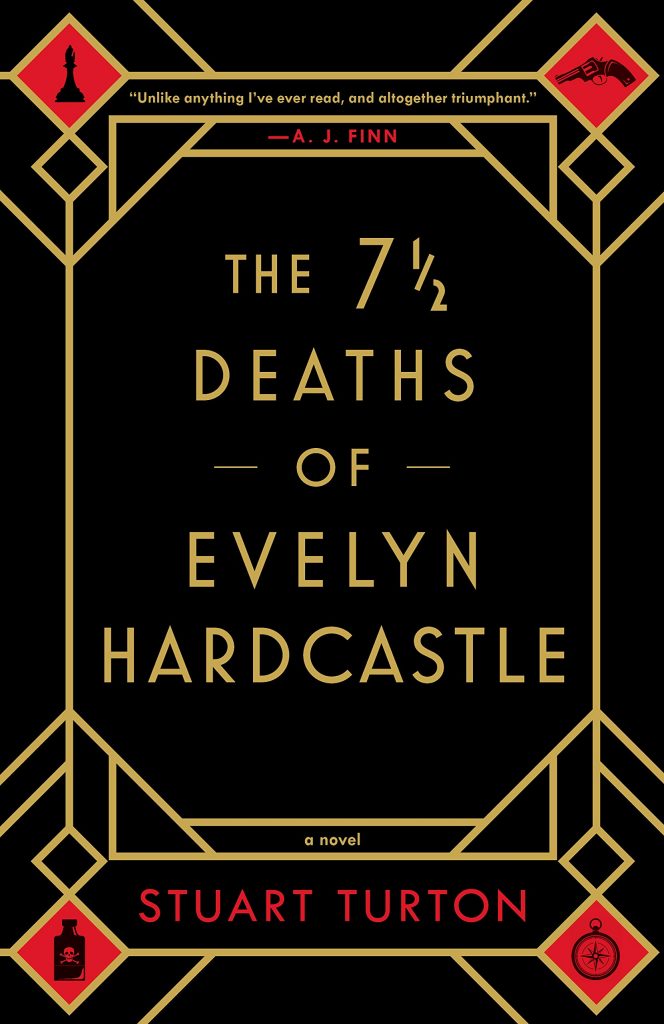
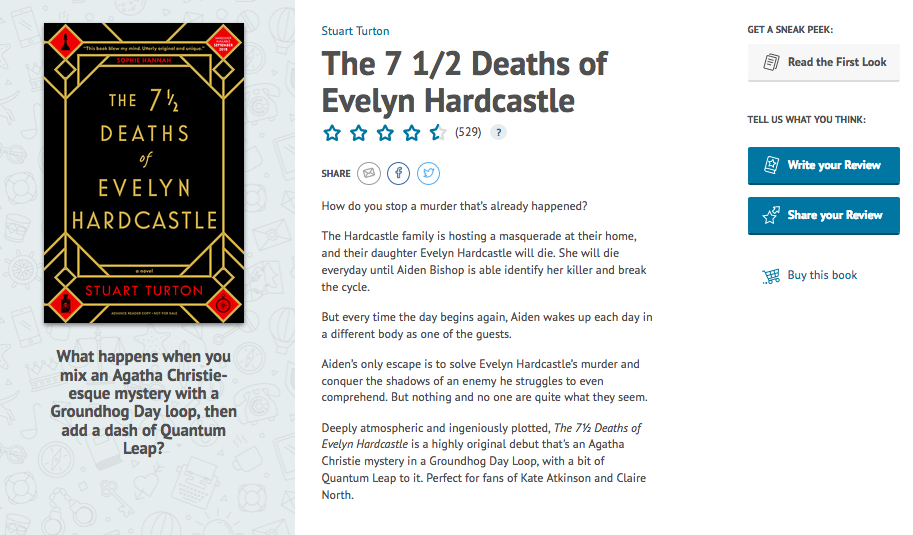

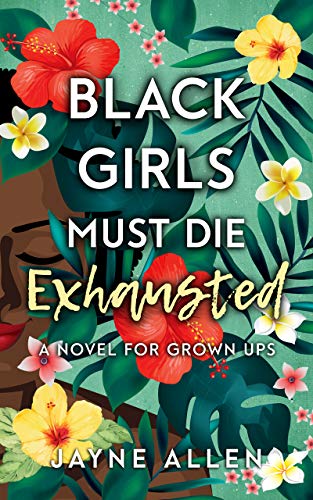

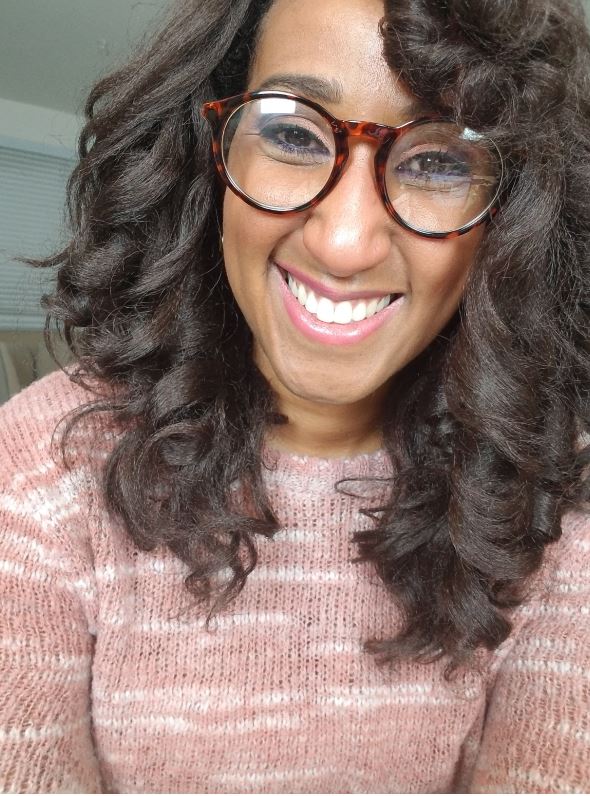
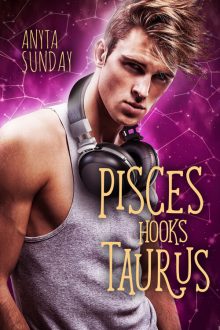




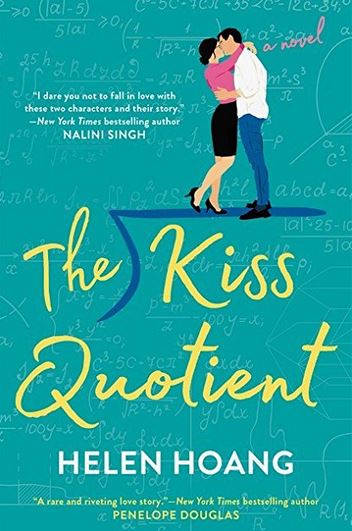
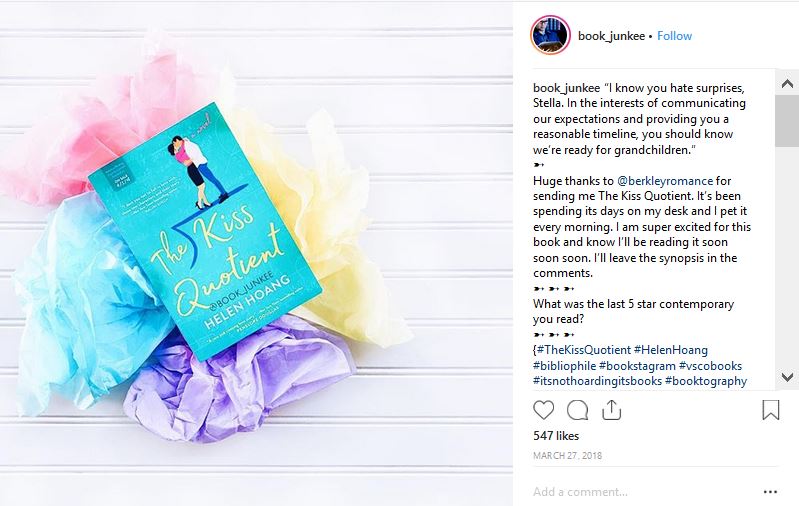

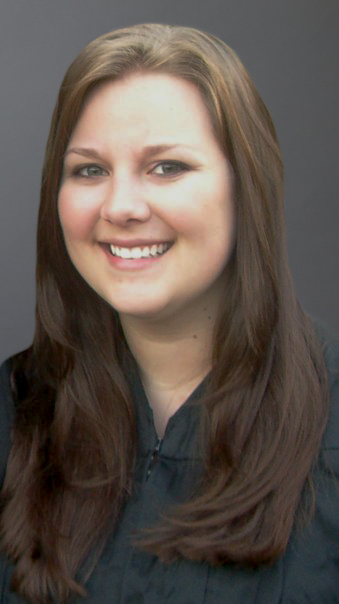
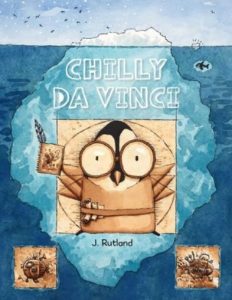


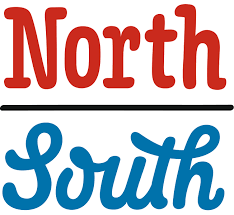
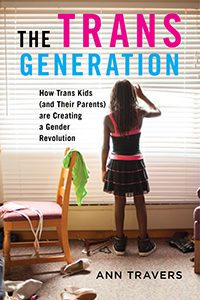
 At NYU Press, we find that NetGalley exposure plays an extremely important role in elevating the titles that we believe have potential for a more general readership. These are also titles that we want on librarians’ and booksellers’ radar as soon as possible. We pay close attention to early feedback from users as it helps us position our books in the marketplace.
At NYU Press, we find that NetGalley exposure plays an extremely important role in elevating the titles that we believe have potential for a more general readership. These are also titles that we want on librarians’ and booksellers’ radar as soon as possible. We pay close attention to early feedback from users as it helps us position our books in the marketplace.

 Our audience of publishers and authors is always eager to learn more about how others are planning their publicity and marketing efforts on NetGalley. Where does NetGalley fit into the overall strategy and timeline for Glimmerglass Girl?
Our audience of publishers and authors is always eager to learn more about how others are planning their publicity and marketing efforts on NetGalley. Where does NetGalley fit into the overall strategy and timeline for Glimmerglass Girl?